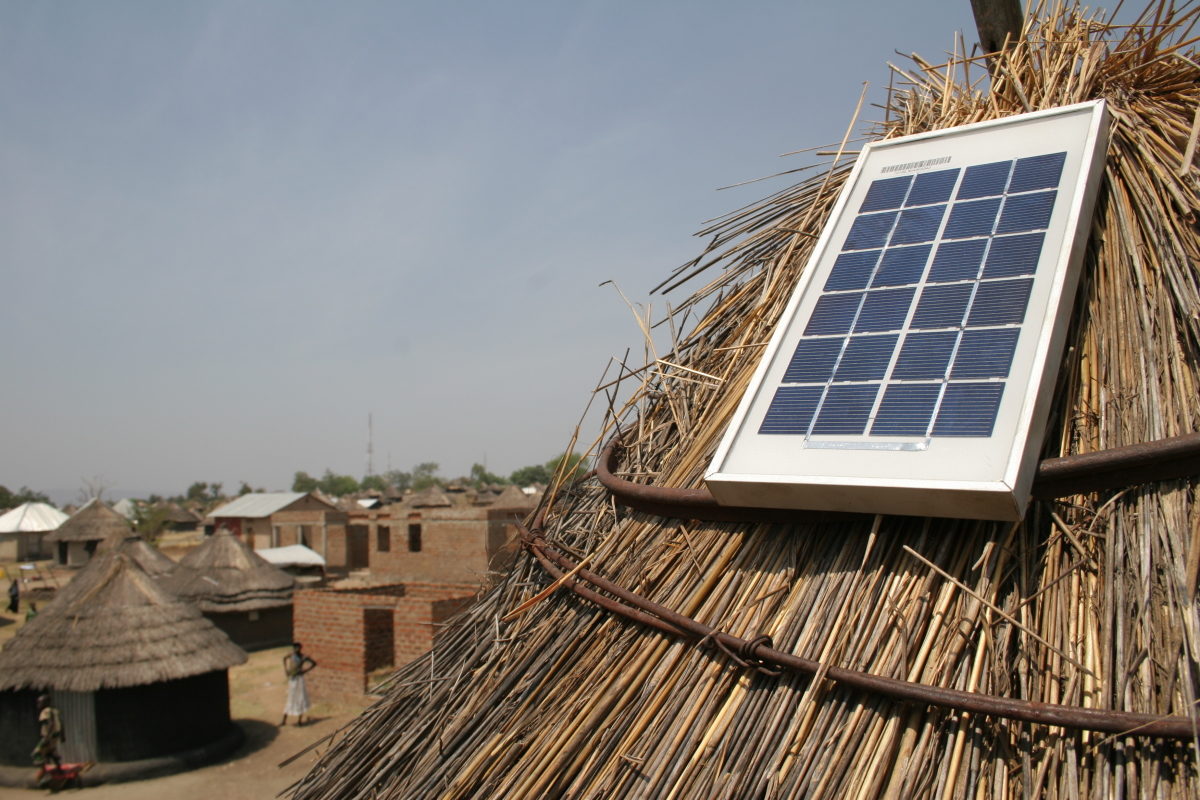Telesurgery and robotics enable the healthcare industry to be at its best anywhere, anytime in the world. But is this realistic?
The healthcare industry is in great move, where hospitals and health clinics are not but the patient is key and at centre. The main technology that can currently provide borderless health care is telesurgery. In other words, when 5G and robotics are combined, surgery can be done from any place on earth on anybody anywhere on the planet, without any geographical limitations. The location of patients gets a subordinate role to access of top-quality health care.
Obviously, this has great impact on future surgery, now quality surgery is available from unlimited distances, even in developing countries where top quality health care is lacking. Moreover, these areas are very hard to reach for doctors, it would be a great time safer if they could work from ‘home’. Additionally, doctors from all over the world can now work together. For example, a patient needs a very tough and complicated brain surgery and only very few people know how to execute the operation. Moreover, performance increases and the most modern techniques can be used as telesurgery make use of robotics. Human imprecision, tremors and clumsiness can now be eliminated. (Choi et al. 2018)
5G is currently quickly expanding and rolled-out widely across the globe. According to Ericsson Mobility Report June 2019 (2019) up to 65% global population, or 1.9 billion people, could have access to 5G by 2024. 5G is the fifth generation of wireless mobile network technology. Speed, bandwidth and reaction time on this new network will improve drastically. Enabling fast and stable network. However, it is mostly adopted in crowded and wealthy regions, developing countries need to overcome some hurdles first. For example, energy sources need to be stable and powerful, coverage cannot be guaranteed with too little signal and users and the government needs to subsidize users and implementation. (Chiaraviglio et al., 2016)
In conclusion, telesurgery is a big step in the right direction for reaching SDG3 (“Health – United Nations Sustainable Development”, 2019), good health and well-being for everyone. Limitations are that the changes will only take place at a slow pace since it is a very robust, inflexible industry. It is not agile and not sensitive to disruptive technologies. Moreover, the benefit will really be visible once 5G is implemented more widely, not just in a few advanced countries.
References:
Chiaraviglio, L., Blefari-Melazzi, N., Liu, W., Gutierrez, J. A., Van De Beek, J., Birke, R. & Wu, J. (2016, November). 5G in rural and low-income areas: Are we ready? In 2016 ITU Kaleidoscope: ICTs for a Sustainable World (ITU WT) (pp. 1-8). IEEE.
Choi, P. J., Oskouian, R. J. & Tubbs, R. S. (2018). Telesurgery: Past, Present, and Future, Cureus.
Ericsson Mobility Report June 2019. (2019). Retrieved 4 October 2019, from
https://www.ericsson.com/en/mobility-report/reports/june-2019
Health – United Nations Sustainable Development. (2019). Retrieved 4 October 2019, from https://www.un.org/sustainabledevelopment/health/


